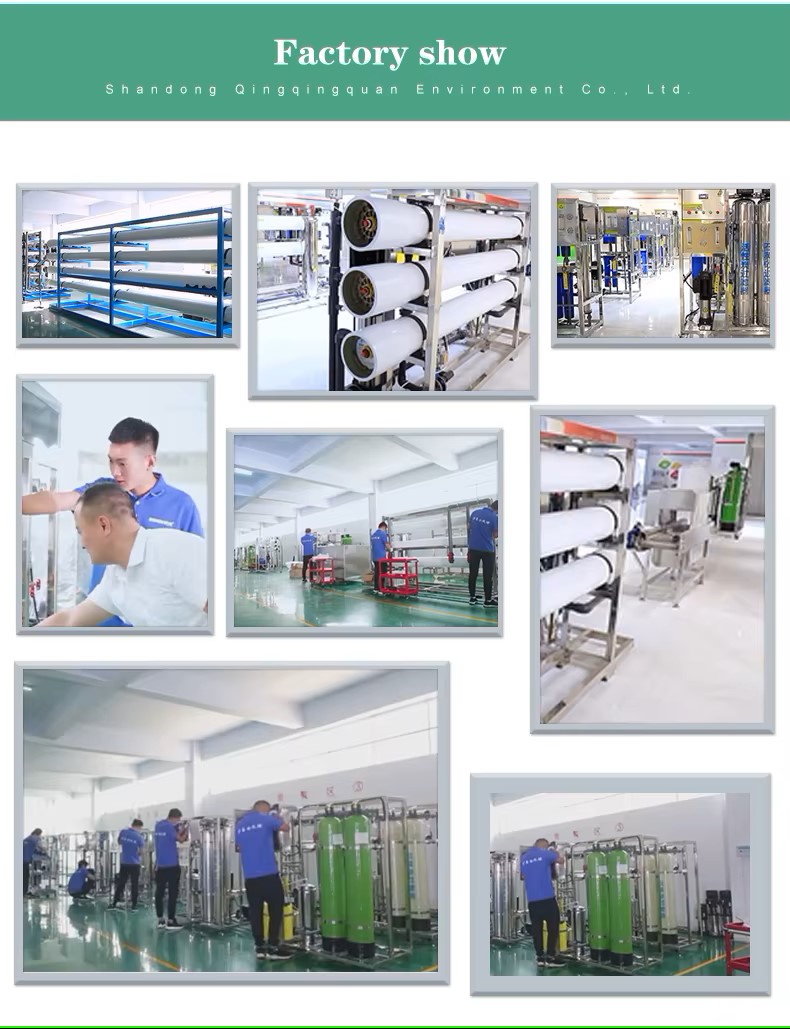What is a Reverse Osmosis Water Treatment Plant?
What is a Reverse Osmosis Water Treatment Plant?
Reverse osmosis (RO) water treatment plants are a cutting-edge solution designed to purify water by removing contaminants, ensuring it is suitable for drinking and a variety of industrial uses. The technology utilizes the natural process of osmosis, but operates in the opposite way, where pressure is used to force water through a semi-permeable membrane while leaving impurities on the other side of the membrane.

Principles of Reverse Osmosis
At the heart of a reverse osmosis system is a specialized membrane with extremely small pores. These pores are so tiny that they allow only water molecules to pass through, effectively blocking dissolved salts, minerals, bacteria, viruses, and other harmful substances. The process begins with pre-treatment, where the water entering the system is filtered to remove larger particles and chlorine, which can damage the reverse osmosis membrane. Subsequently, high pressure is applied to the water to pass it through the membrane. As the water permeates through the membrane, contaminants are trapped and discharged as wastewater, resulting in clean, pure water.
Applications in Various Industries
Reverse osmosis water treatment plants are used in a wide range of applications. In residential settings, it is a popular choice for providing high-quality drinking water, eliminating the need for bottled water and reducing plastic waste. Commercial establishments such as restaurants and hotels also rely on reverse osmosis systems to ensure that the water used in food preparation and beverage making is of the highest standard. In the industrial sector, reverse osmosis is critical in industries such as pharmaceuticals, electronics and power generation, which require ultrapure water to support manufacturing processes and extend equipment life.

Advantages and Environmental Considerations
One of the main advantages of reverse osmosis water treatment is its ability to reliably produce consistent, high-quality water, regardless of the initial condition of the water source. This makes it especially valuable in areas facing water shortages or pollution problems. In addition, a reverse osmosis system is energy efficient and cost-effective in the long run, as it reduces reliance on expensive bottled water and minimizes water waste through an efficient filtration process. From an environmental perspective, reverse osmosis technology helps reduce plastic pollution as it reduces the need for disposable bottled water and contributes to sustainable water management by recycling and reusing water wherever possible. As the world faces water challenges, reverse osmosis water treatment plants are a key tool in ensuring a cleaner, safer and more sustainable water future.

Why choose our water treatment system?
1. Superior filtration technology
Multi-stage filtration system: Precisely removes sediment, particles and suspended solids.
Reverse osmosis (RO) technology: Thoroughly removes dissolved salts, heavy metals and other contaminants, providing ultrapure water.
Activated carbon filtration: Reduces chlorine, organic compounds and odor.
2. High efficiency and low maintenance
High flow design: Able to handle large water flow while maintaining excellent performance.
Long-lasting filter element: Durable filter media reduces replacement frequency and reduces operating costs.
Self-cleaning function: Reduces downtime and maintenance workload.
3. Smart and user-friendly
Real-time monitoring: Real-time monitoring of water quality and system
performance through an intuitive interface.
Automated control: Automatically adjusts settings and sends alerts to ensure optimal operation.
Compact design: Saves space while providing maximum performance.

FAQ
Q: Can your system handle high salinity water?
A: Yes, our reverse osmosis system is designed to handle high TDS water.
Q: Do you provide installation and training services?
A: Yes, our global team provides installation, commissioning and operator training.
Q: What is the service life of the system?
A: With proper maintenance, our system can operate efficiently for more than 15 years.

























